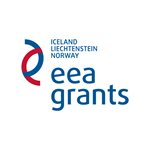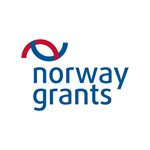Project activities
Building up the think tank
The activity consists in introducing deaf and hearing staff of both institutions to each other and presenting key activities in the past, their results (study material for sign languages, dictionaries, grammar descriptions, e-learning, didactics), as well as the ongoing activities and plans. Sharing the documents in different languages, videoconferencing on their content.
Assessment of the language description and teaching materials
The two partners will assess the existing material and apps available to them and shortly reviewed during the first activity (building up the think tank). The first step of this activity has begun during the first visit in Oslo and is developed through videoconferencing and shared documents in all available formats. The result of such assessment will include recommendations for the further development of existing products and tools.
Training program for interpreters
Both hearing and deaf experts of both partners, in cooperation with professional sign interpreters and students in sign interpreting, will assess the existing study programmes for training sign interpreters and will consider pieces of good practice in the field. Special attention will be payed to the proportion of the theoretical part of it (linguistics, theory of translation, psychology, deaf studies) and the practical part (skills, abilities, relationship with the target groups etc.). Methodological guidelines will be formulated and the result will be implemented in the curriculum to be developed and accredited at Masaryk University.
International Sign System
Following the assessment of the existing dictionary of Czech sign language (www.dictio.info), and the existing online documentation concerning International Sign System (www.signs2cross.eu, website of European Union of the Deaf Youth), the partners will discuss the concept of an International Sign vocabulary in Dictio (inventory of entries, structure of a lemma) and will create a first set of entries.
Supported by a grant from the Bilateral Scholarship Programme of Norway Grants and EEA Grants


www.eeagrants.org